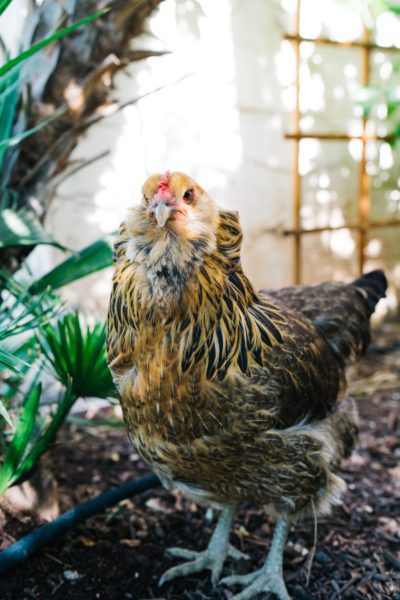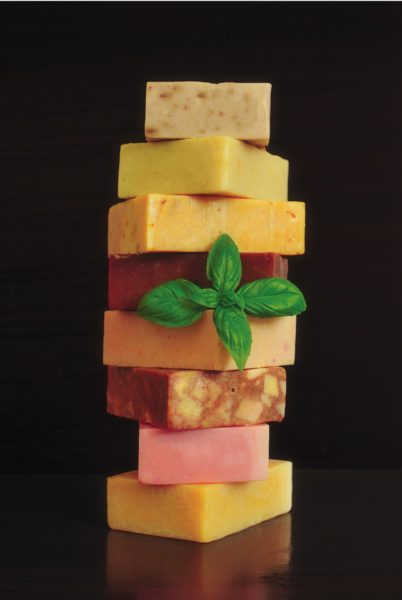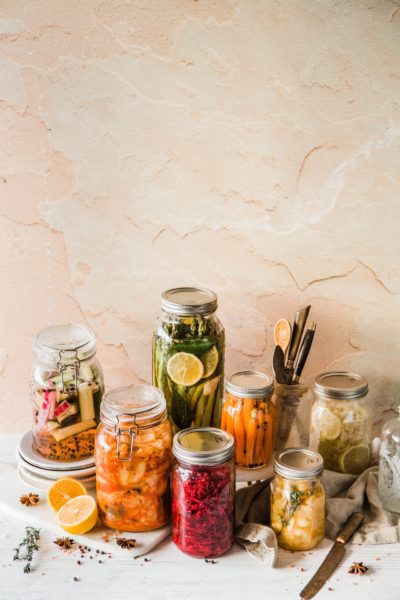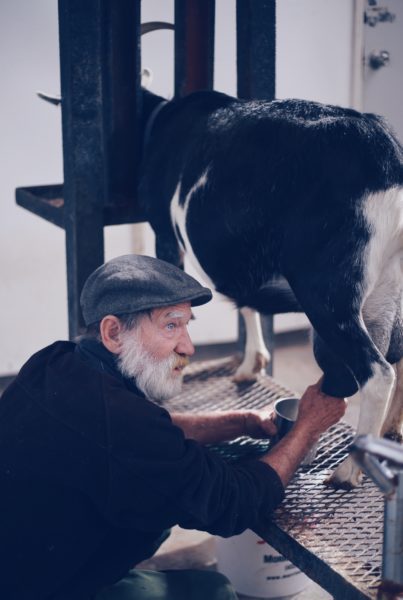Homesteading is a popular lifestyle in which those who practice it strive to live a sustainable life that puts them closer to nature and allows them to live off the land. For many, homesteading is appealing because it is less harsh on the environment and allows those who practice it to lead what they feel to be a more wholesome lifestyle. Many homesteaders also make a living off the food and materials they produce by selling the surplus. If you’re considering earning money from being a homesteader, it’ll definitely be helpful to read up on articles like https://naturaldwellers.com/beekeeper-salary/ before making your decision.
One of the most important aspects of successful homesteading is having the right tools and a place to securely store them that is in easy reach. Chances are you don’t want all your supplies and equipment cluttering your home. A backyard storage shed is multi-functional and a must-have when it comes to operating a fully functional, efficient homestead. This is your guide to the many ways an outdoor building can be an asset to your homesteading lifestyle.
The Production and Storage of Fruits and Vegetables

If you’re like most homesteaders, then you will have a garden to grow fruits and vegetables for your family and to sell to the community. A backyard shed offers a secure, dry space for storing seeds, fertilizer, gardening tools, and even crops that have been harvested and are waiting to either be used by your household or going to market. You can even turn an outdoor storage building into a greenhouse to nurture seedlings until they are mature enough to be transplanted.
A Chicken Coop
Eggs are a great source of protein for your family. Many homesteaders choose to raise laying hens that will produce eggs daily for your family to eat. A backyard shed can easily be turned into a chicken coop that will protect your chickens from predators, give them a safe place to roost, and lay their eggs.
In addition to a coop, you will also need an area to store feed, waters, feeders, and other supplies needed to care for your chickens. You may even want to install a small incubator and hatch your own eggs. The most convenient option is to build a chicken coop in which one area of the structure is a chicken coop and the second area is partitioned off as a supply room. Head over to Easy coops for chicken coop plans to get started.

If you choose to incubate your own eggs, the space should be well-insulated so that the incubator will better be able to hold the appropriate temperature. Installing windows and plenty of lighting will help to deter unwanted pests. Easy to maintain flooring such as tile or even painted concrete will make cleaning up any messes a breeze. For extra storage space, you can incorporate loft storage for items that you rarely need. Having your supply room attached to your coop will make caring for your flock easier and more efficient.
Designated Sewing Area
Sewing is a popular homesteading activity. It is common for homesteaders to make their own clothes, curtains, tablecloths, and such. Even if you aren’t quite at that level yet, you may still want to mend clothes, blankets, and curtains. Either way, you will need a dedicated space to carry out these activities. A backyard shed is an ideal option. A sewing area will give you the space you need to store all of your fabric, sewing machine, and supplies. Adding a large table to the space will allow you to easily work with large pieces of fabric. As a bonus, you can get a little peace and quiet when engaging in one of your favorite activities.
Beekeeping

Believe it or not, bees are responsible for pollinating over half of the food we eat. If you plan to engage in beekeeping as part of your lifestyle, apart from the beehives, you will need special equipment. This includes:
- Smoker – Helps calm the bees before you work with them
- Protective clothing – This includes a coverall suit, pants, specialized jacket, mesh veil, and gloves
- Uncapping knife – This unique tool is used to harvest honey from inside the beehive
- Hive tool – Used to remove both the frames and boxes
A backyard shed is an ideal place to store all of the equipment you need to work with your beehives when you aren’t using it. Placing the structure within close proximity to your hives will mean that you have everything you need in easy reach.
Making Your Own Soap

Soap making is a one-of-a-kind art that deserves its own unique space. You can have your own homemade soap making factory in your outdoor shed. This process requires quite a bit of supplies and materials including:
- Scale for weighing ingredients
- Thermometer for tracking the temperature of your soap
- Immersion blender for mixing the ingredients
- Containers for mixing the lye and soap batter
- Silicone spoons and spatulas
- Soap molds
- Safety equipment such as goggles and gloves
Your outdoor space will need to be equipped with electricity as well as some way of heating the solution, such as a stovetop. Make sure to install easy to clean, yet durable flooring that spilled soap batter and lye solution will not ruin. Incorporating built-in storage into the design is a must in order to keep safety equipment and your homemade soap supplies tucked neatly away.
Canning Fruits and Vegetables

Canning fruits and vegetables is a great way to preserve crops that would otherwise go to waste because they couldn’t be eaten or sold quickly enough. When executed properly, canned goods have an extremely long shelf long. In order to properly can fruits and vegetables, you need the right equipment including:
- Canning jars and lids
- Plastic or stainless-steel canning funnel
- Stainless steel ladle
- Canning jar lifter with rubber grips
- Kitchen Tongs
- Magnetic lid lifter
- Cooker
- Food strainer
Canning is a process and much easier if you have a designated space. A separate outdoor shed can be equipped with a kitchen capable of canning any size crop you produce. Shelving and cabinetry can be incorporated to neatly store all of your canning supplies so that they are out of the way when not in use.
Raising Livestock

When most people think of homesteading, raising animals is one of the first things that come to mind. The most popular livestock found on homesteader properties are:
- Goats
- Sheep
- Pigs
- Cows
Depending on the size of your livestock operation and available land, you may want multiple outside buildings to accommodate a variety of needs. Here are the most common uses of a backyard shed for raising livestock:
- As a milking parlor for a dairy cow or milk goats
- Shelter or barn for livestock to get out of the environmental elements
- A place to store livestock feed and supplies.
- A covered area to sheer sheep for their wool
Easily Harvest Rainwater

Using rainwater to nurture crops and water animals is a great way to save on resources. The great news is that the storage building you are using for other homesteading activities can double as a great way to capture rainwater that would otherwise be wasted. This can easily be done by attaching a gutter system to the roof of the structure and navigating the water into barrels or other suitable water collection containers. 55-gallon drums are the most commonly used containers for harvesting rainwater, but plastic trashcans and metal feed cans work as well.
Begin Your Homesteading Lifestyle by Building a Shed
Having one or more backyard sheds is an easy way to organize your homestead and make day-to-day processes much more comfortable and much more efficient. Shedplans.org has great free shed plans for those who are set on building a shed.




